The world’s tallest mountains are awe-inspiring peaks that challenge climbers and captivate adventurers. Most of these giants are part of the Himalayas and the Karakoram ranges in Asia, offering some of the most breathtaking landscapes on Earth. Here’s a list of the Top 10 Tallest Mountains in the World, measured by their elevation above sea level.
1. Mount Everest (8,848.86 meters / 29,031.7 feet)
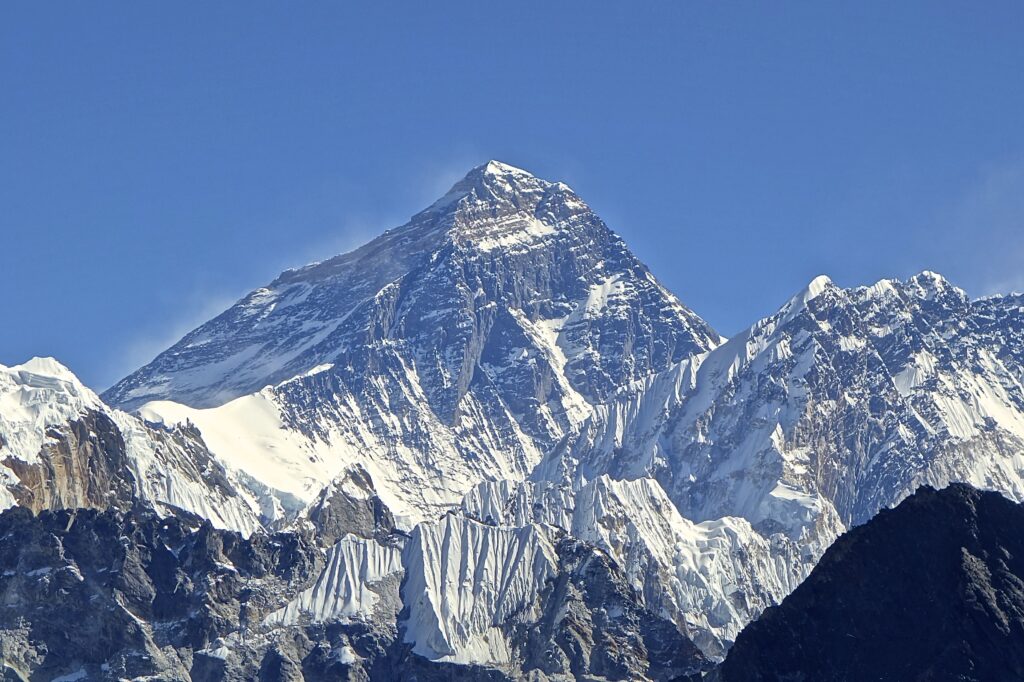
Location: Nepal/China Border (Himalayas)
Mount Everest, the tallest mountain in the world, towers above at 8,848.86 meters. Known as “Sagarmatha” in Nepal and “Chomolungma” in Tibet, Everest draws climbers from around the world, both professional mountaineers and novice climbers, aiming to conquer this colossal peak.
2. K2 (8,611 meters / 28,251 feet)

Location: Pakistan/China Border (Karakoram Range)
K2, also known as “Savage Mountain,” is the second tallest peak and is considered much more dangerous to climb than Everest due to its steep slopes and unpredictable weather. Its remote location in the Karakoram range adds to its allure and challenge.
3. Kangchenjunga (8,586 meters / 28,169 feet)
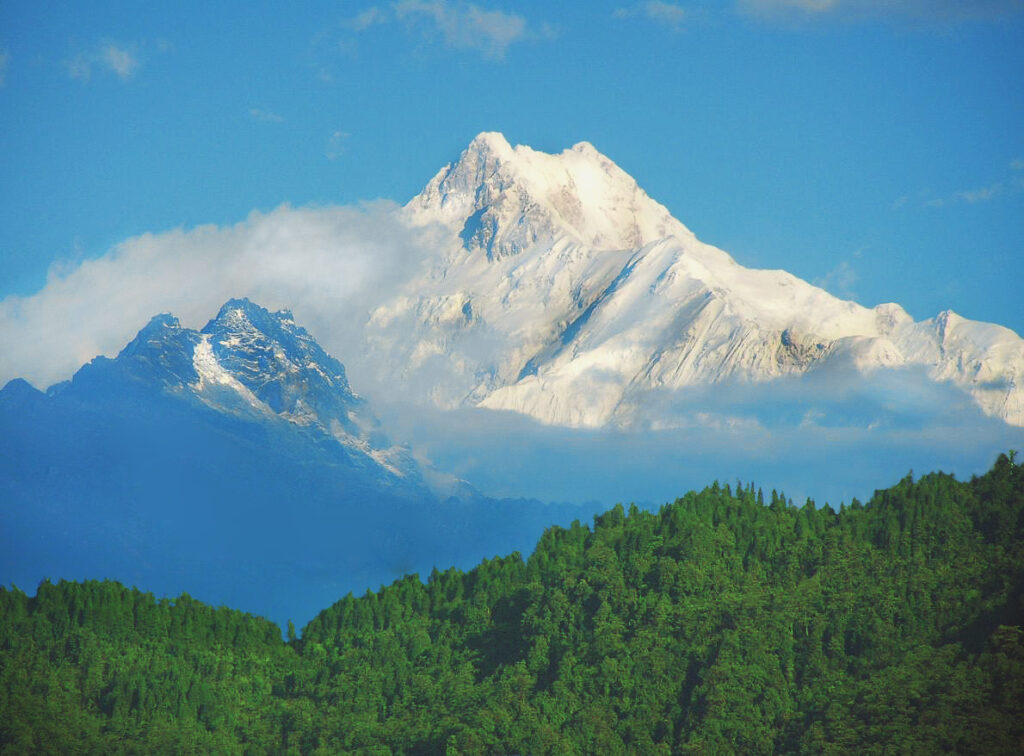
Location: Nepal/India Border (Himalayas)
Kangchenjunga is the third tallest mountain and the highest peak in India. Revered by the local Sikkimese people as sacred, it is often described as a beautiful yet treacherous mountain. The name means “The Five Treasures of Snows,” referring to its five peaks.
4. Lhotse (8,516 meters / 27,940 feet)
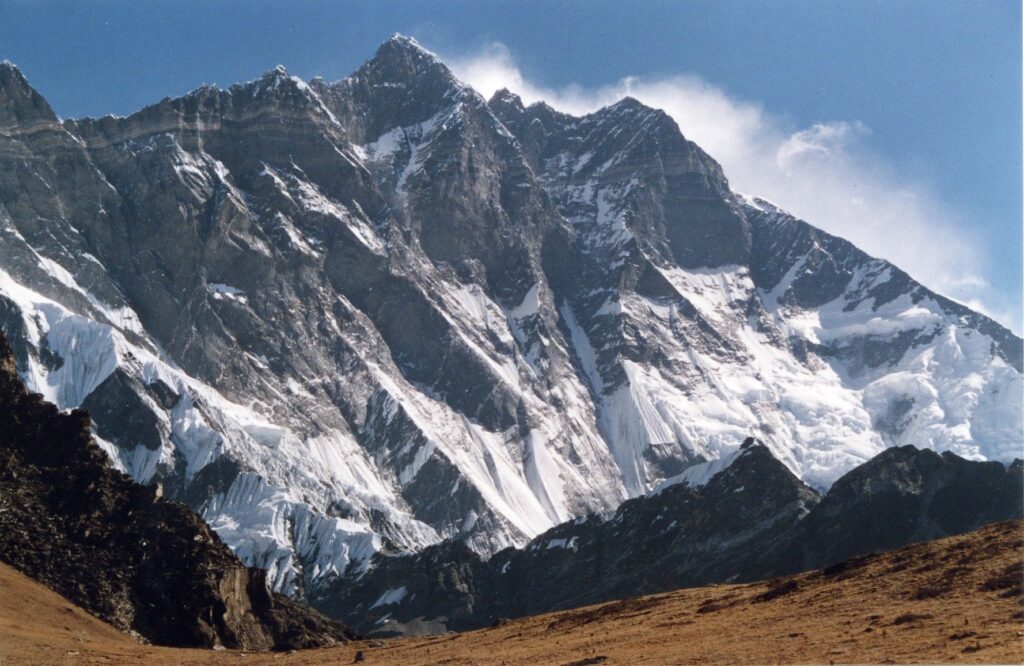
Location: Nepal/China Border (Himalayas)
Lhotse is located just south of Mount Everest and is part of the Everest massif. Its proximity to Everest makes it a popular choice for climbers, often attempted in combination with an Everest expedition. Lhotse is known for its dramatic, steep faces.
5. Makalu (8,485 meters / 27,838 feet)
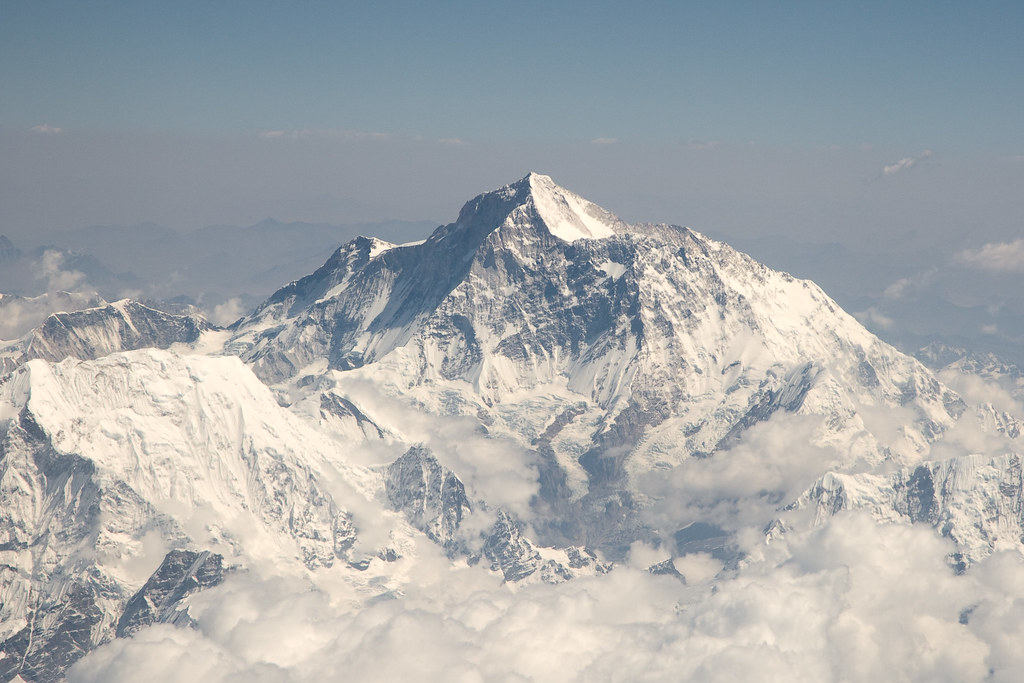
Location: Nepal/China Border (Himalayas)
Makalu, a near-perfect pyramid-shaped peak, stands as the fifth highest mountain in the world. Its sharp ridges and isolated location make it a difficult climb, with one of the lowest success rates among 8,000-meter peaks.
6. Cho Oyu (8,188 meters / 26,864 feet)
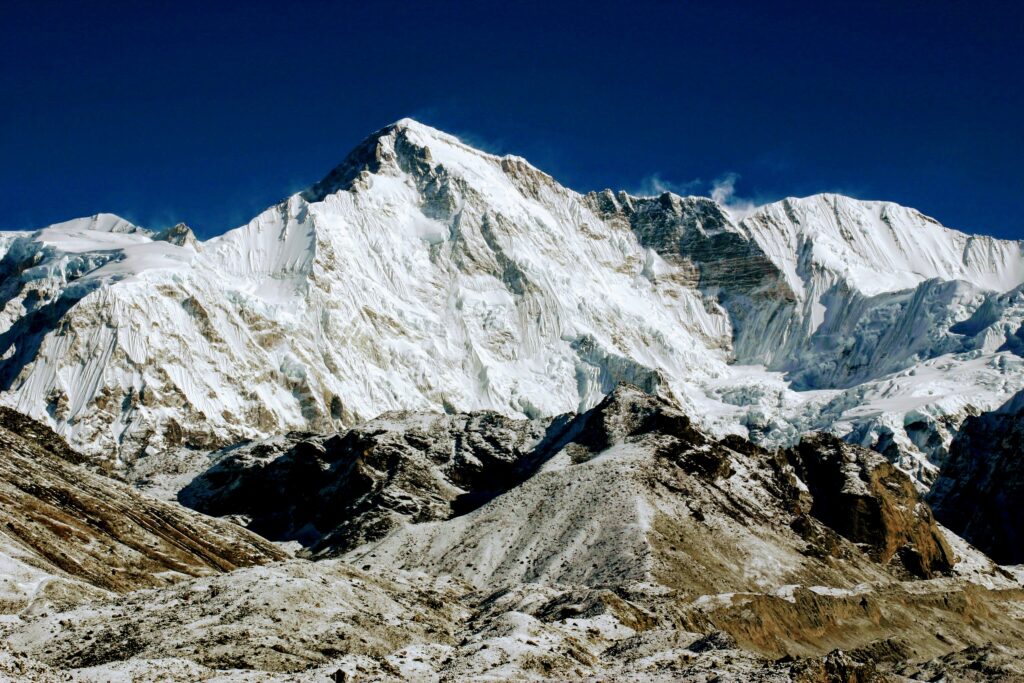
Location: Nepal/China Border (Himalayas)
Cho Oyu, which means “Turquoise Goddess” in Tibetan, is considered one of the easier 8,000-meter peaks to climb, making it a popular choice for beginner high-altitude mountaineers. It lies close to Everest and the Nangpa La pass.
7. Dhaulagiri I (8,167 meters / 26,795 feet)
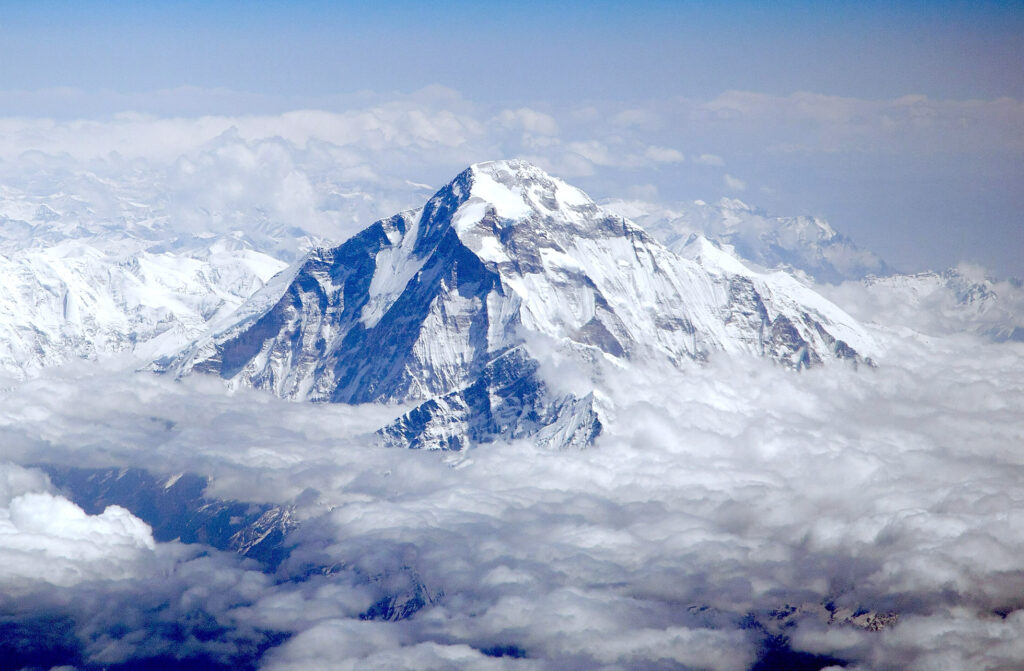
Location: Nepal (Himalayas)
Dhaulagiri I is the seventh tallest mountain and part of a striking massif that rises dramatically above the Kali Gandaki Gorge. Known for its long, demanding ridges and dangerous avalanches, Dhaulagiri’s name means “White Mountain.”
8. Manaslu (8,163 meters / 26,781 feet)
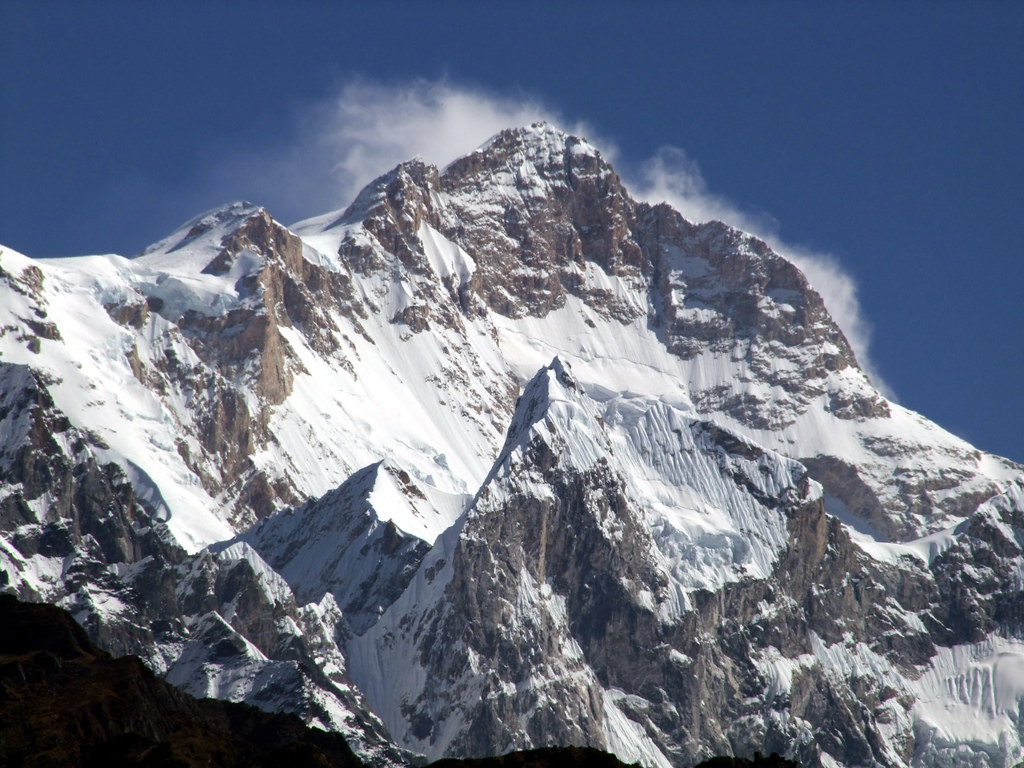
Location: Nepal (Himalayas)
Manaslu is the eighth-highest mountain and is named after the Sanskrit word “Manasa,” meaning “Mountain of the Spirit.” It’s a relatively less frequented peak, making it an excellent choice for climbers seeking solitude and adventure.
9. Nanga Parbat (8,126 meters / 26,660 feet)
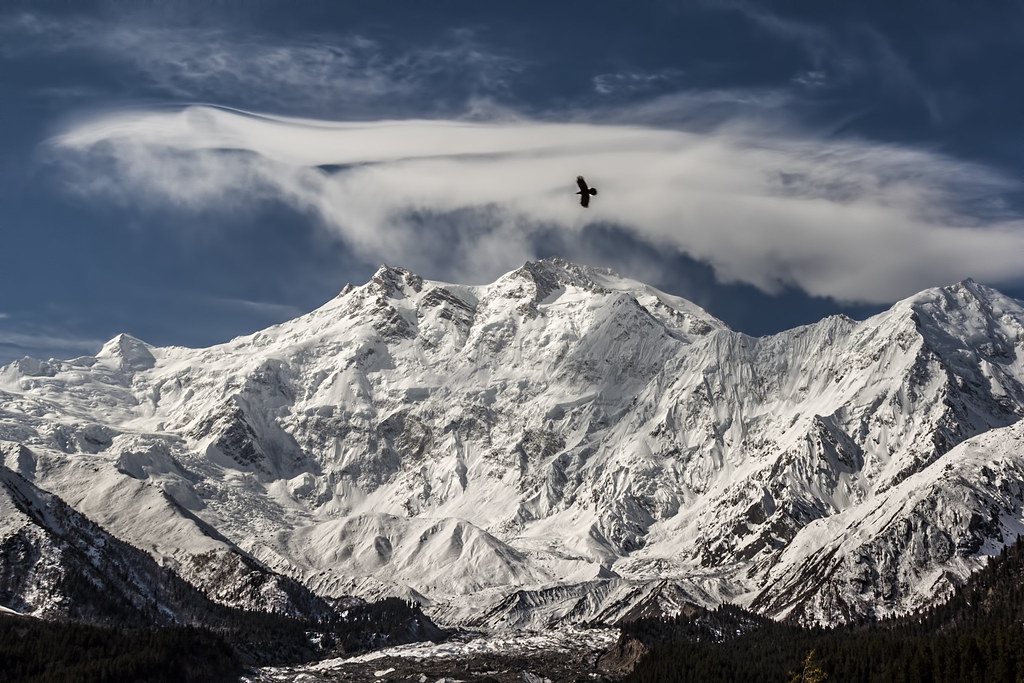
Location: Pakistan (Himalayas)
Nanga Parbat, also known as the “Killer Mountain” due to its dangerous slopes, is the ninth tallest peak in the world. This mountain features an enormous vertical relief and a striking massif, dominating the surrounding landscape.
10. Annapurna I (8,091 meters / 26,545 feet)
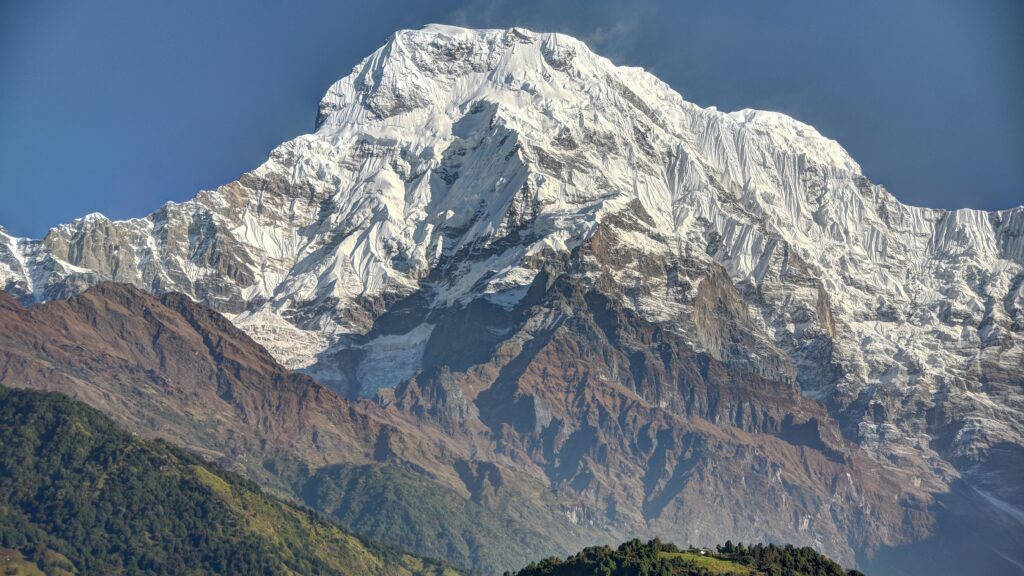
Location: Nepal (Himalayas)
Annapurna I is the tenth tallest mountain and is part of the Annapurna massif. Despite being the smallest of the 8,000-meter peaks, it is one of the deadliest, with a higher fatality rate due to avalanches and the challenging terrain.
Conclusion
These Top 10 tallest mountains in the world offer not only height but also intense challenges for climbers and adventurers alike. Each mountain has its own unique beauty, and climbing these peaks remains a formidable dream for mountaineers. Whether you’re in awe of their sheer size or intrigued by the challenges they present, these mountains stand as the true giants of the Earth.







